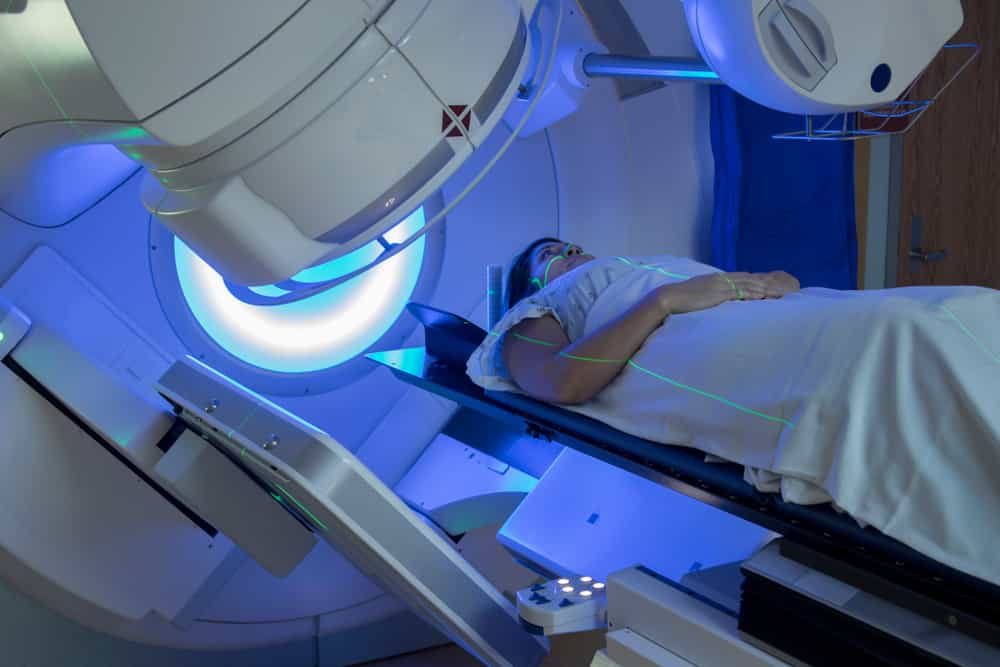Treatment options

Following diagnosis and staging of cancer, doctors will recommend different lines of treatment. In most cases, treatment options for breast cancer include surgery and radiotherapy. Chemotherapy is also used as adjuvant treatment, but only if there is a suspected or confirmed distant spread of cancer cells.
Read Also:
- Breast Cancer Symptoms I 9 Early Warning Signs Of Breast Cancer
- Breast Cancer I 14 Treatment For Breast Cancer
- Avoid These Top 16 Cancer-Causing Foods You Probably Eat Every Day
- What is Cancer? Overview, Warning Signs, Symptoms, and Causes
- What Causes Cancer? And Common Cancer Types
- 14 Warning Signs of Brain Tumors You Should Not Ignore
The surgical approach to taking out the tumor can be lumpectomy (extraction of the tumor and its margins) or total mastectomy (extraction of the entire breast tissue). After that, radiation therapy is performed to make sure that no trace of cancer is left and reduce the recurrence rate. It can be either partial breast irradiation or external beam radiotherapy. This is the most common approach for ductal carcinoma in situ.
Chemotherapy and hormone therapy are usually recommended when suspecting an invasion or metastasis of breast cancer. They include drugs such as doxorubicin, docetaxel, methotrexate, and cyclophosphamide.
Aromatase inhibitors are also helpful, but they need to be administered with other treatments such as pamidronate or zoledronic acid and calcium-vitamin D supplements to increase bone mass in these patients.
Tamoxifen, raloxifene, and prophylactic mastectomy are sometimes considered in patients with a very high risk of breast cancer.
Your doctor will recommend one of these treatments depending on your circumstances, stage of cancer, and overall health.
